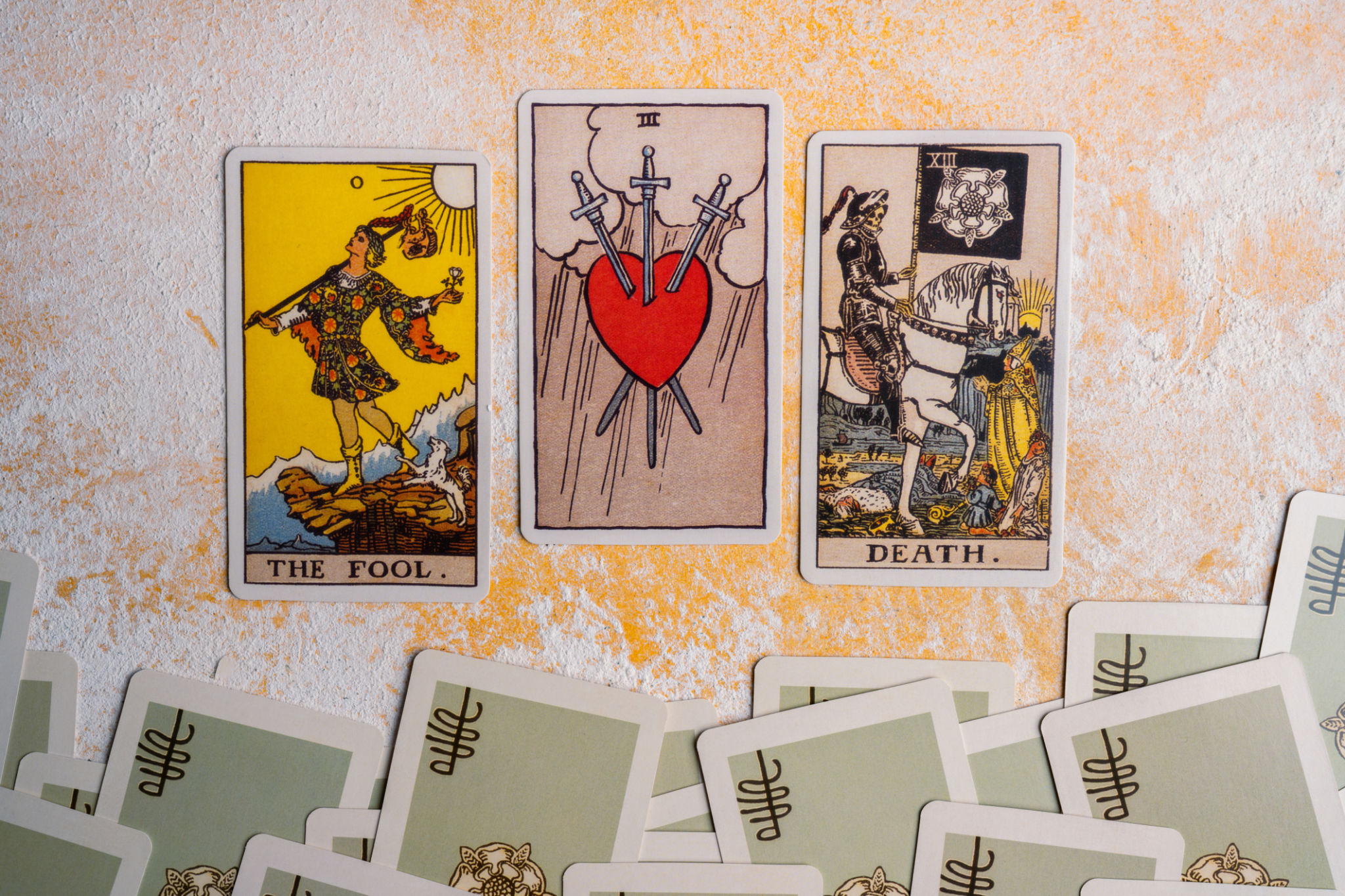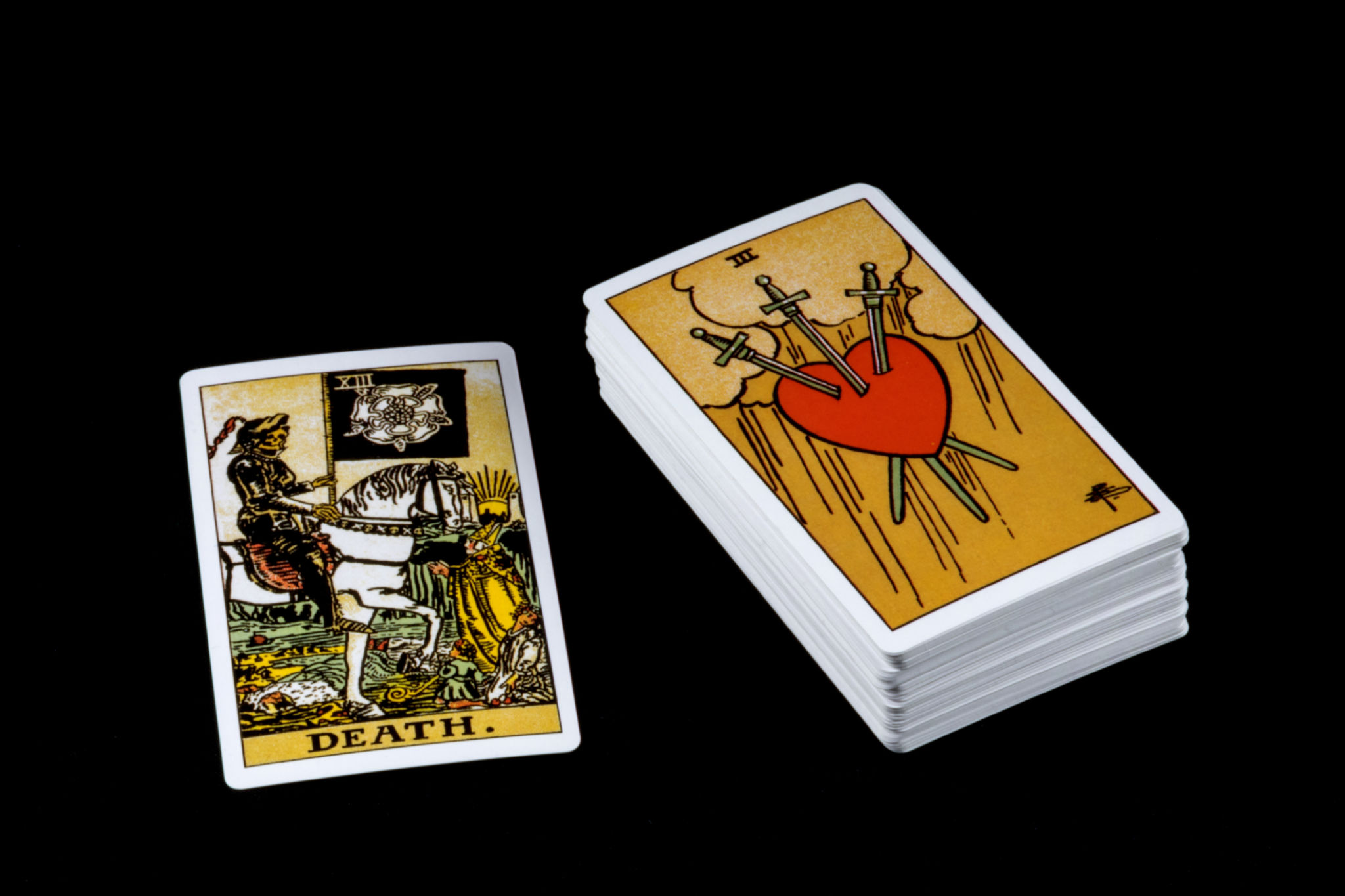Debunking Common Myths About Tarot Card Readings
Understanding Tarot: Dispelling Misconceptions
Tarot card readings have been surrounded by mystery and intrigue for centuries. However, they are often misunderstood, leading to a plethora of myths and misconceptions. In this post, we'll explore and debunk some of the most common myths about tarot to provide a clearer understanding of this fascinating practice.

Myth 1: Tarot Can Predict the Future
One of the most prevalent myths about tarot is that it can predict the future with certainty. In reality, tarot cards are not a crystal ball. They are a tool for guidance and reflection. Rather than forecasting specific events, tarot readings offer insights into potential paths and outcomes based on current circumstances and energies.
Each tarot reading is an invitation to introspection, helping individuals consider their choices and motivations more deeply. The cards can highlight possible influences or challenges, but they do not dictate destiny.
Myth 2: Only Psychics Can Read Tarot
Another common misconception is that only psychics or those with special abilities can read tarot cards. In truth, anyone can learn to read tarot with study and practice. Tarot reading is an art that involves understanding the symbolism of the cards and developing intuition.

Numerous resources, including books, courses, and communities, are available for those interested in learning tarot. While some readers may have heightened intuitive abilities, the skill of reading tarot is accessible to anyone willing to invest the time and effort.
Myth 3: Tarot Is Connected to Dark Forces
The idea that tarot is linked to dark or evil forces is a myth rooted in misunderstanding. Tarot has no inherent connection to any form of negative energy. The cards themselves are simply pieces of cardboard with images and symbols.
- Historical Context: Tarot originated as a card game in the mid-15th century.
- Symbolism: The imagery is rooted in universal themes and archetypes.
- Intent: The intent of the reader shapes the tone of the reading.
Myth 4: The Death Card Means Physical Death
The Death card is one of the most feared and misunderstood cards in the tarot deck. Contrary to popular belief, it rarely signifies physical death. Instead, it represents transformation, change, and the end of a phase, paving the way for new beginnings.

This card encourages individuals to embrace change and let go of what no longer serves them. It's an invitation to evolve, grow, and welcome new opportunities.
Conclusion: Embracing Tarot with an Open Mind
By debunking these myths, we can appreciate tarot as a valuable tool for self-reflection and personal growth. It offers a unique way to explore one's inner world and gain clarity on life's challenges. With an open mind and heart, tarot can be a meaningful addition to anyone's journey of self-discovery.